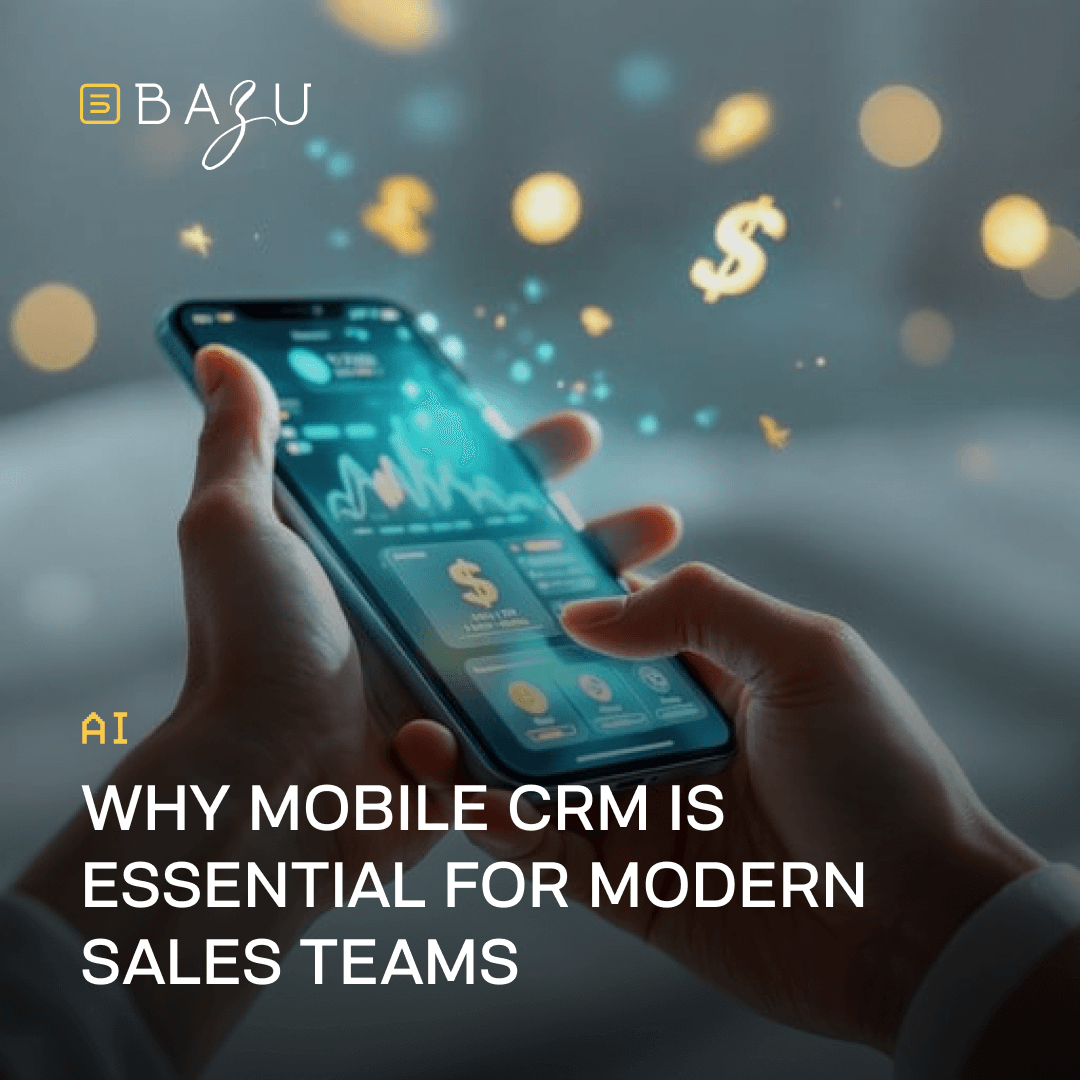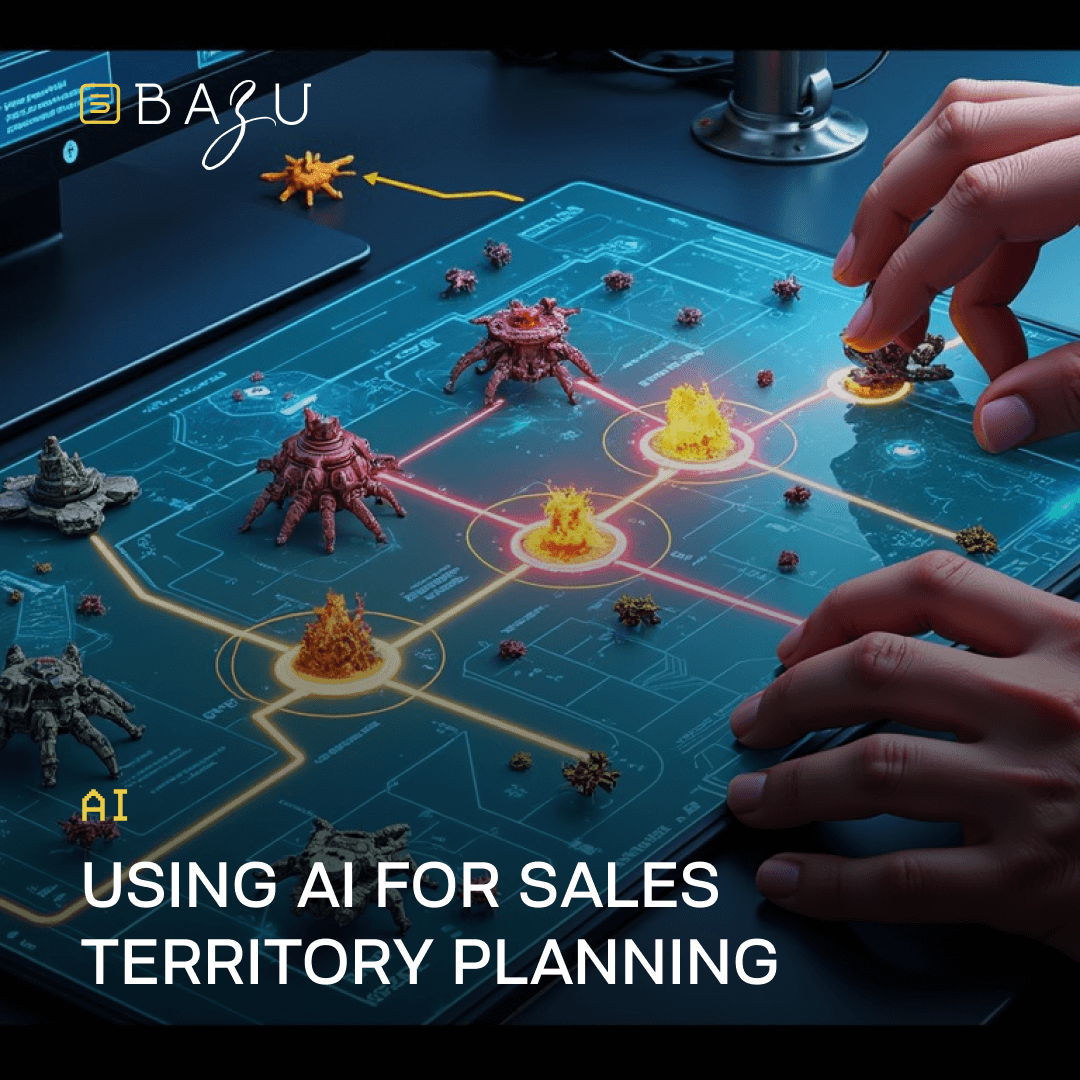Push notifications can either be powerful or annoying. It all depends on how smart they are.
A generic “You left something in your cart” or “We miss you!” might work once – maybe. But what if every push message felt perfectly timed, hyper-personalized, and relevant to the user’s current context?
That’s what AI-smart push notifications are designed to do.
In this article, we’ll explore how AI is transforming push messaging into a high-performing channel for engagement and revenue. We’ll look at real-world examples, advanced strategies, and how different industries can use AI to craft notification campaigns that actually convert.
Why traditional push notifications fail
Let’s face it: most push notifications are ignored, swiped away, or worse – lead to app uninstalls.
Why?
- They’re too generic
- They’re poorly timed
- They repeat the same offer for everyone
- They don’t account for user behavior, preferences, or context
In fact, studies show that 60% of users disable notifications if they feel irrelevant or disruptive.
But with AI, that changes.
Want to turn push messages into revenue drivers? Talk to BAZU – we’ll help you design AI-based notification strategies that users actually want.
What makes a push notification “AI-smart”?
AI-smart push notifications use machine learning to:
- Personalize message content
- Predict the best time to send
- Segment users dynamically
- Trigger notifications based on real behavior
- Adapt content based on feedback or engagement
It’s the difference between shouting and having a meaningful, timely conversation.
Core components of AI-driven notification strategies
1. Behavioral triggers
AI monitors in-app activity or purchase behavior to trigger timely pushes.
Examples:
- “You viewed these shoes 3 times – they’re now 10% off”
- “Still comparing CRMs? See why 93% of users prefer ours”
- “Welcome back! Here’s where you left off in the course”
These aren’t scheduled – they’re real-time, context-aware nudges.
2. Predictive timing
Instead of sending at fixed hours, AI models analyze each user’s open times, app usage windows, and sleep patterns.
Result:
Pushes are delivered when each individual user is most likely to engage, improving open rates by 2–4x.
3. Dynamic content personalization
AI selects the best content or offer for each user based on:
- Past clicks and opens
- Purchase history
- Demographic segment
- On-site behavior
- External events (weather, location, etc.)
Example: A weather app pushes different messages on a rainy morning:
- Casual user: “Rain ahead – grab your umbrella”
- Premium user: “Rain expected at 3 PM. Would you like to schedule a notification 15 minutes before?”
4. Multi-step push campaigns
With AI, you can automate sequences based on interaction.
Example flow:
- Day 0: “You left items in your cart”
- If no open in 24h → “We saved your cart. Need help deciding?”
- If still no action → “Limited stock on your favorite item!”
AI constantly tests and refines messaging paths based on what works best for each segment.
5. Real-time A/B/n testing
Machine learning systems continuously experiment with different titles, CTAs, visuals, and send times – optimizing campaigns without human effort.
Want to auto-optimize your push strategy while you sleep? BAZU integrates A/B AI engines that boost conversion through continuous learning.
Business benefits of AI-smart push notifications
Higher engagement rates
AI improves open and click-through rates by up to 40%, according to Leanplum.
Better user retention
Timely, personalized messages keep users coming back — reducing churn.
Increased conversion
Pushes can recover abandoned carts, upsell based on behavior, or nudge trial users to upgrade.
Reduced notification fatigue
Smarter timing and relevance = fewer uninstalls or disabled notifications.
Stronger LTV
By guiding users through the funnel, AI push increases customer lifetime value organically.
AI-powered push notification use cases by industry
eCommerce
- Abandoned cart reminders with dynamic discounts
- Restock alerts based on past interest
- Personalized upsell pushes (“Pairs well with your last order”)
- Holiday countdowns tied to user location or preference
SaaS & mobile apps
- Nudges to complete onboarding
- Feature discovery based on usage gaps
- Renewal reminders tailored to account type
- Trial-to-paid upgrade paths
eLearning platforms
- “You haven’t studied in 2 days – ready for a quick quiz?”
- Personalized course suggestions
- Progress rewards with social sharing
- Push summaries of weekly learning goals
Healthcare & wellness
- Refill reminders for prescriptions
- Daily check-in nudges (“How are you feeling today?”)
- AI mood detection + custom affirmations
- Behavioral triggers for fitness re-engagement
Hospitality & travel
- Price drop alerts for saved trips
- Check-in reminders and upsell offers
- Local activity suggestions based on itinerary
- “Last-minute room upgrade?” with AI prediction on response
No matter your niche, BAZU helps implement cross-platform push notification systems – powered by real behavior and real AI.
AI vs. traditional push strategy: what changes?
| Feature | Traditional Push | AI-Smart Push |
| Timing | Fixed (e.g., 10 AM daily) | User-based predicted send times |
| Content | Same for everyone | Personalized by user interest/behavior |
| Campaign design | Manual, single flow | Dynamic multi-path based on responses |
| A/B testing | Manual, limited variants | Continuous AI-based experimentation |
| Learning loop | None or slow | Real-time optimization |
| Segmentation | Static (age, location) | Dynamic, behavior-based clustering |
Advanced AI strategies for push in 2025
Deep user clustering with embeddings
AI groups users not just by age or gender – but by behavioral similarity using neural embeddings.
These micro-segments are far more accurate for predicting intent.
“Next best action” prediction
AI suggests what message to send next, when to send it, and who to send it to – based on conversion probability.
Hyper-localized messaging
Using AI + geolocation + weather APIs, businesses send micro-targeted pushes that reflect local conditions.
Example:
“You’re 5 minutes from our store – and it’s cold out! Come warm up with a hot drink, 20% off today only.”
Voice-based push
With the rise of AI assistants, some notifications are now sent as voice messages instead of text – especially in mobile-first regions.
Trend: Push-to-voice campaigns are seeing double-digit engagement lift in Gen Z segments.
How BAZU helps implement AI-smart push
We go beyond tools – we build full-stack systems tailored to your app, site, or product. Here’s how:
Data audit & user modeling
We analyze your user base and behavior flows to design AI triggers and clusters.
Platform integration
We connect to your current CRM, push provider (Firebase, OneSignal, Braze, etc.), and any relevant APIs.
AI pipeline
We set up machine learning models for:
- Timing optimization
- Content testing
- Segmentation and intent scoring
- Smart abandonment flows
Dashboard & reporting
You’ll get real-time control panels showing performance by audience, message type, and campaign.
Iteration & scaling
As your product grows, we help scale and refine your notification strategy – across languages, regions, and devices.
Want to see a push strategy tailored for your funnel? Let BAZU run a free audit and show what’s possible with AI.
Security, privacy, and compliance
BAZU builds AI systems that respect privacy and global regulations.
- GDPR, CCPA, HIPAA-compliant options
- User-level opt-in and control features
- Data anonymization in training pipelines
- Consent-aware targeting models
Your users get smarter messages – without sacrificing their trust.
Final thoughts: push with precision, not noise
In a world flooded with messages, being relevant is everything.
AI-smart push notifications aren’t about sending more – they’re about sending better. When you respect user context, behavior, and timing, they listen. They click. They buy.Don’t guess. Don’t spam.
Let your push strategy learn – and lead to results.
- Artificial Intelligence


